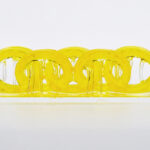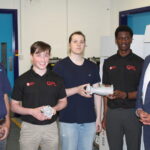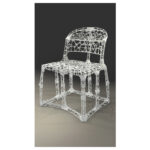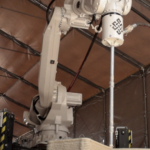A recent collaboration between Queen Mary University of London, University College London (UCL), Rolls-Royce, and international researchers has illuminated the mysterious processes behind pore formation in Directed Energy Deposition (DED).
Published in Nature Communications, their study identifies five distinct mechanisms contributing to pore behavior, including gas bubble migration, surface tension effects, and solidification front entrapment. DED, known for its ability to fabricate intricate structures layer-by-layer, holds promise across industries such as aerospace, automotive, and biomedical fields.
However, the unpredictable formation of pores has hindered widespread adoption, posing safety risks and compromising component performance.
Dr. Chinnapat Panwisawas from Queen Mary’s School of Engineering and Materials Science highlights the significance of this research, stating that understanding pore evolution is crucial for maximizing DED’s potential.

By employing advanced in situ X-ray imaging and multi-physics modeling, the team elucidated the dynamics of pore formation and movement within the melt pool during DED.Their findings offer valuable insights for minimizing porosity and enhancing the mechanical properties of DED-produced components.
The research opens doors for safer, more reliable, and high-quality manufacturing across various sectors.
As Dr. Panwisawas emphasizes, harnessing this knowledge enables the production of stronger, safer, and more dependable components, propelling additive manufacturing into new realms of possibility.
You can read more about the research in Nature Communications at this link.
Come and let us know your thoughts on our Facebook, X, and LinkedIn pages, and don’t forget to sign up for our weekly additive manufacturing newsletter to get all the latest stories delivered right to your inbox.









